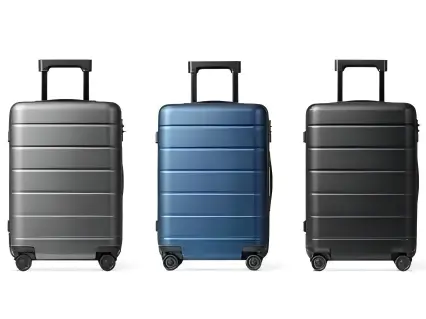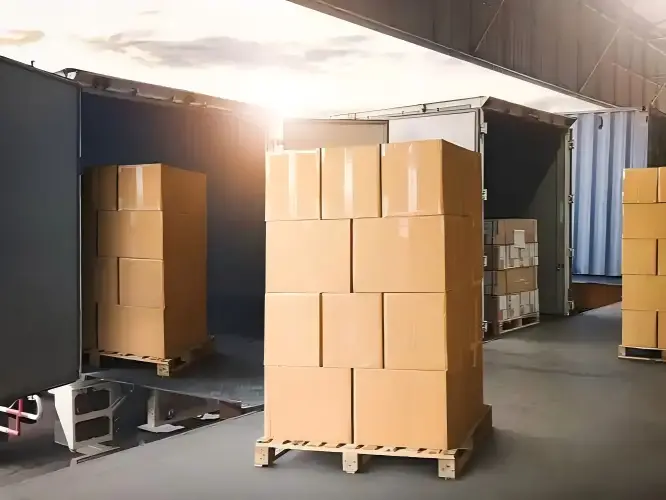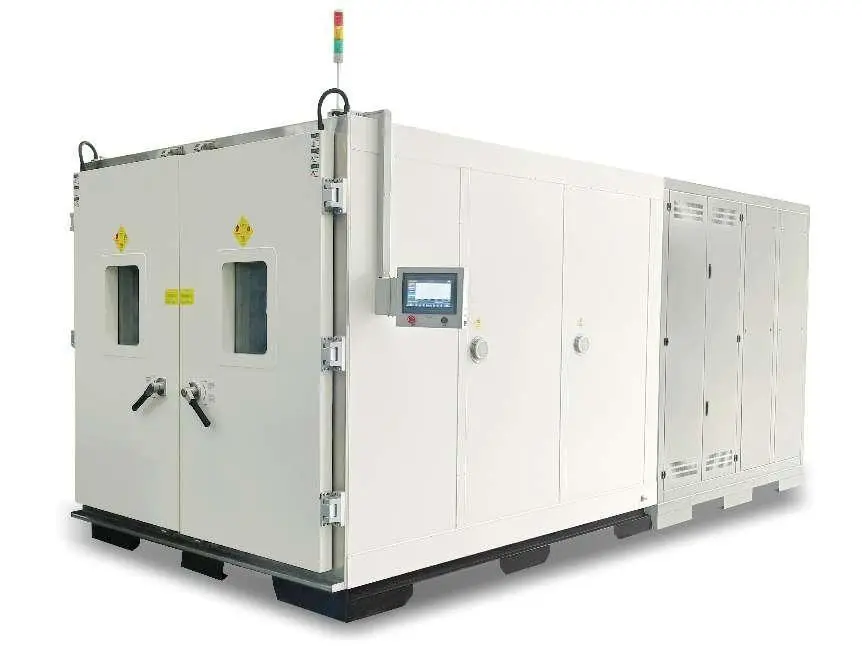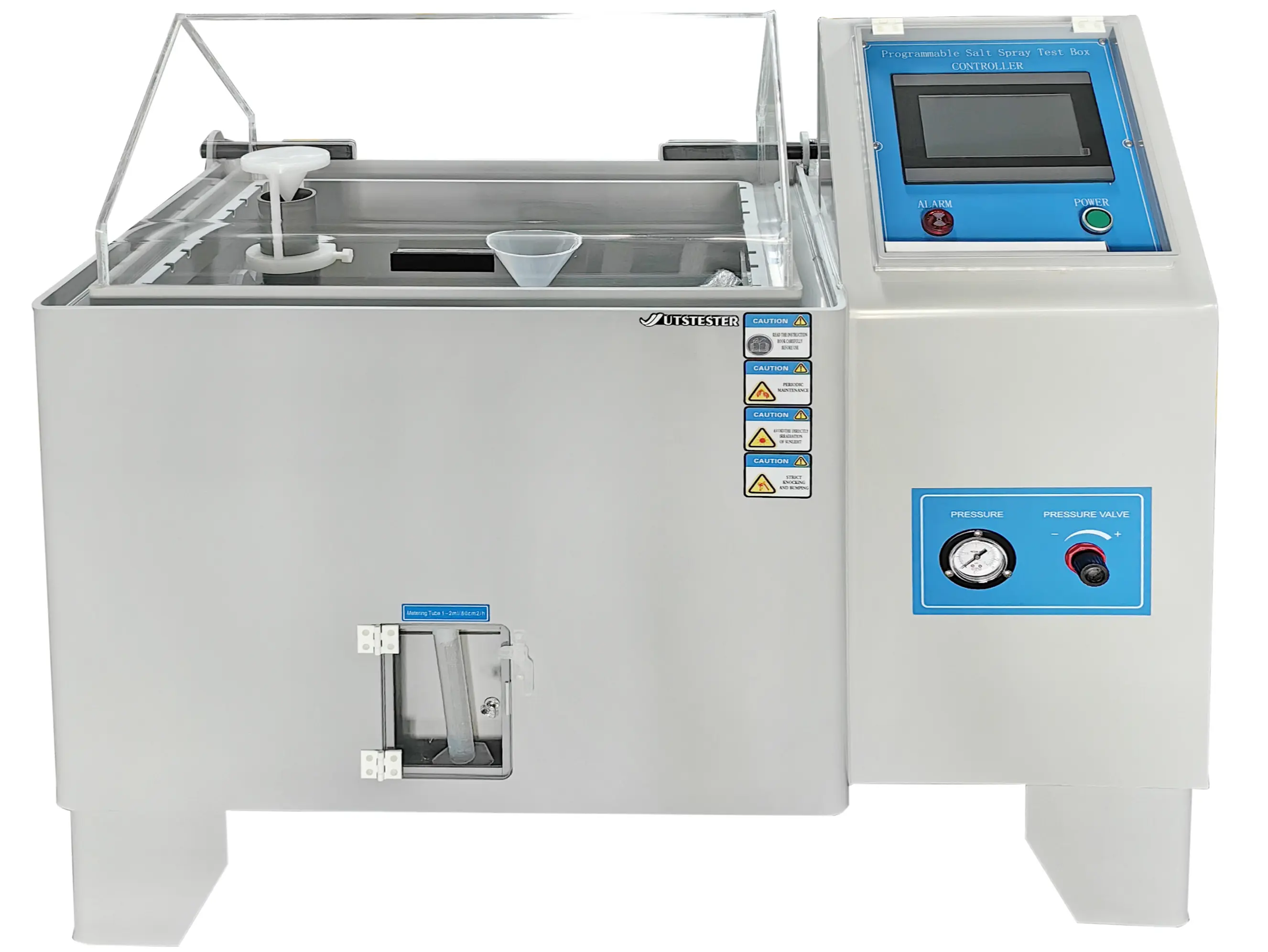0102030405
What Are the Key Tests Performed on Carton Packaging for Shipping Durability?
2025-09-18
Corrugated box durability testing during transport is a critical task in the logistics industry. It aims to evaluate the performance of corrugated boxes during transport and storage to ensure that products arrive safely in the hands of consumers. Corrugated box transport durability testing typically includes compression testing, vibration testing, and drop testing.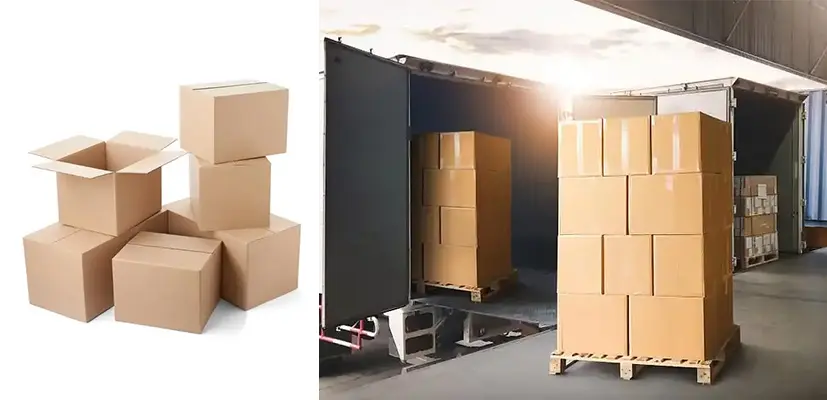

1. Compression Testing
Compression testing is the most fundamental test in transportation durability testing. Since corrugated boxes are easily affected by external pressure during transportation, compression resistance has become an important indicator of corrugated box quality. During compression testing, the corrugated box is typically placed on a flat, level surface, and pressure or weight is applied to the top or sides of the packaging box until the box fails. By recording the pressure value at the point of failure, the compression resistance performance of the carton can be assessed, providing a reference basis for subsequent packaging design and transportation processes.
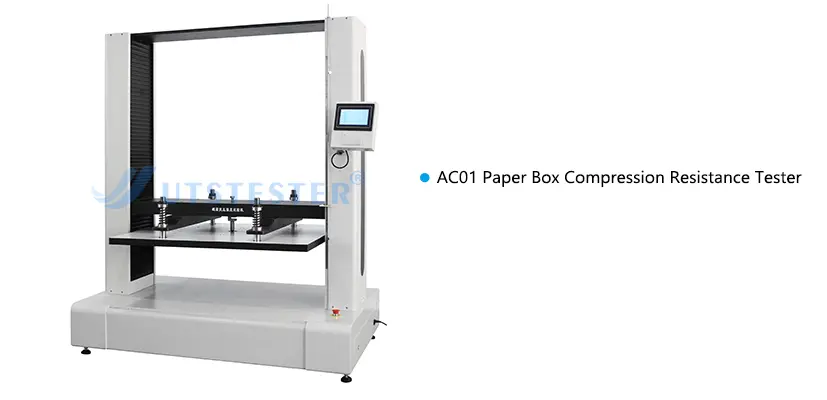
2. Vibration Testing
During transportation, cardboard boxes are often subjected to vibrations, which may cause the products inside the boxes to shift or become damaged. Therefore, by simulating the vibrations encountered during transportation, vibration testing of cardboard boxes can assess their stability and integrity in a vibrating environment. In seismic testing, the cardboard box is typically secured to a vibration table and subjected to vibrations of varying frequencies and amplitudes. By recording the deformation and damage of the cardboard box during the test, its seismic resistance is evaluated, providing a basis for improving the structure of the cardboard box and the filling materials.
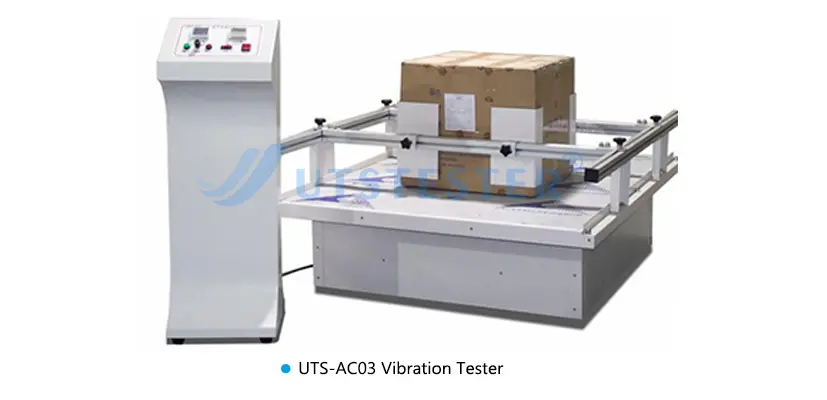
3. Drop Test
The drop test is used to evaluate the durability of packaging boxes in the event of a free fall during transportation. By dropping the packaging box from a certain height onto different surfaces or bases, the test determines whether the packaging box can effectively absorb and cushion the impact of the fall, thereby protecting the product from damage caused by the fall.
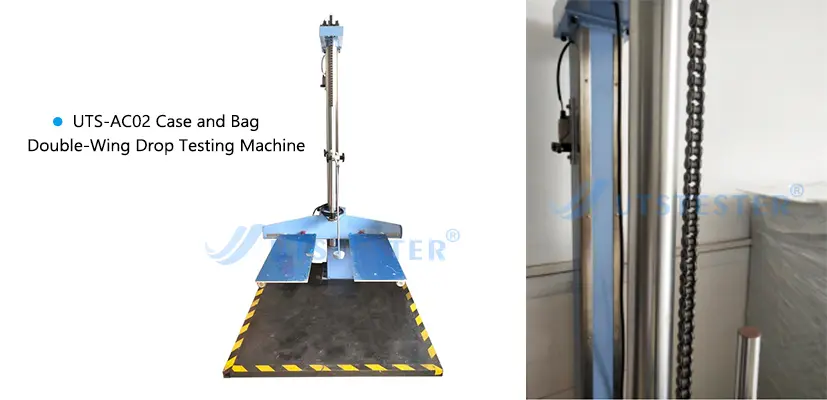
In addition to the above tests, there are other test items that need to be considered in corrugated box reliability testing. For example,
stacking tests can assess the stability and load-bearing capacity of corrugated boxes during stacking; tear tests can assess the toughness and tear resistance of corrugated boxes, and so on.
In summary, corrugated box reliability testing is a very important task in the logistics industry. By conducting compression tests, vibration tests, and other related test items, the performance of corrugated boxes during transportation and storage can be comprehensively evaluated, providing reference criteria for packaging design and transportation processes.






 Home
Home


